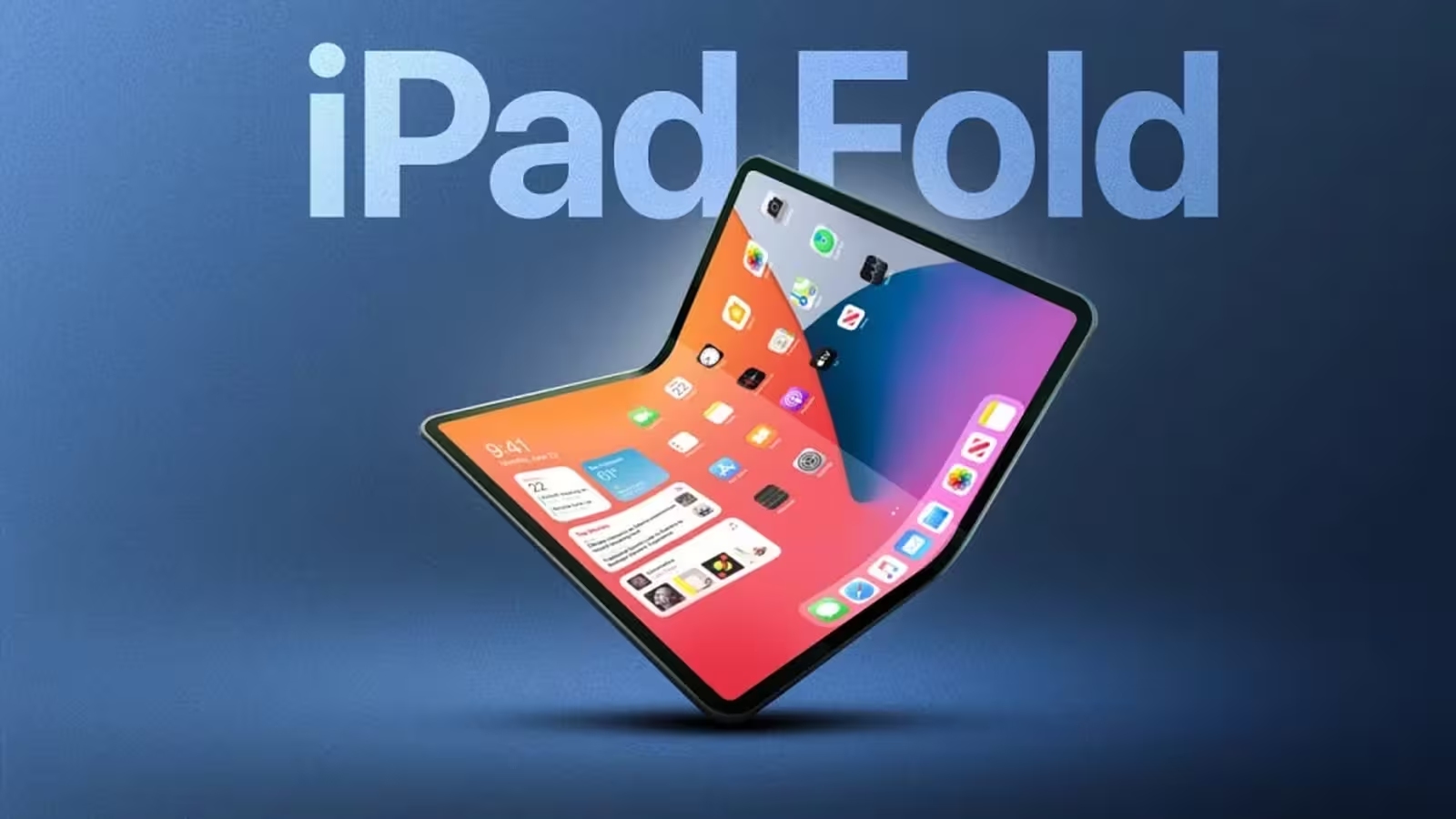3 Minutes
Apple Shifts Foldable Device Strategy Amid Development Challenges
A recent report from DigiTimes reveals a significant shift in Apple’s approach toward foldable technology. According to sources within Apple’s supply chain, the tech giant has temporarily suspended development of its much-anticipated foldable iPad due to a combination of manufacturing hurdles and escalating costs. Apple is now redirecting its attention and resources to accelerate the development of its first foldable iPhone, signaling a strategic pivot in its foldable device roadmap.
Foldable iPad Project Put on Hold
Originally, Apple aimed to introduce a large-screen foldable device—alternatively rumored as a foldable iPad or an all-screen MacBook. However, the complexities involved in producing high-quality, crease-free foldable OLED panels at the scale and standard Apple demands have proven especially challenging. The project’s estimated costs, coupled with concerns about mass market appeal for foldable tablets, have led Apple to pause development. Industry insiders suggest that, with pricing projected to be prohibitively high, the device would be difficult to position in a competitive global marketplace. The rumored device was expected to feature an 18.8- to 20.2-inch seamless OLED display, targeting a launch between 2026 and 2028. With current delays, that timeline now appears increasingly unrealistic.
Apple’s Foldable iPhone: Prototyping and Potential Features
While the foldable iPad is on ice, Apple’s foldable iPhone project is picking up momentum. Reports indicate that the device achieved its P1 prototype milestone in June 2025. Sources suggest that it’s on track to enter the rigorous Engineering Verification Test (EVT) phase by early 2026, positioning it for a possible global launch as soon as September 2026.
The foldable iPhone is expected to feature a 7.8-inch OLED display produced by Samsung, combined with a robust titanium alloy chassis and a liquid metal hinge for enhanced longevity and strength. Apple’s engineers are reportedly focused on creating a nearly invisible crease when the device is unfolded, a crucial differentiator from existing foldable smartphones. The phone will also likely incorporate a side-mounted Touch ID sensor to balance security and convenience.
Market Relevance and Competitive Advantages
With a projected retail price between $2,100 and $2,300, Apple is positioning its foldable iPhone as a premium flagship, directly targeting early adopters and tech enthusiasts. If Apple pulls off a virtually invisible fold and seamless user experience, its device could set a new industry benchmark, differentiating itself from current foldable phones in both design and durability.
Comparatively, while foldable tablets have struggled to gain mainstream traction due to high prices and limited use cases, foldable smartphones continue to see rising adoption across global markets. Apple’s renewed focus on a foldable iPhone underscores the company’s strategic agility and its commitment to delivering breakthrough user experiences in the ever-evolving mobile technology landscape.
Source: gizmochina



Comments